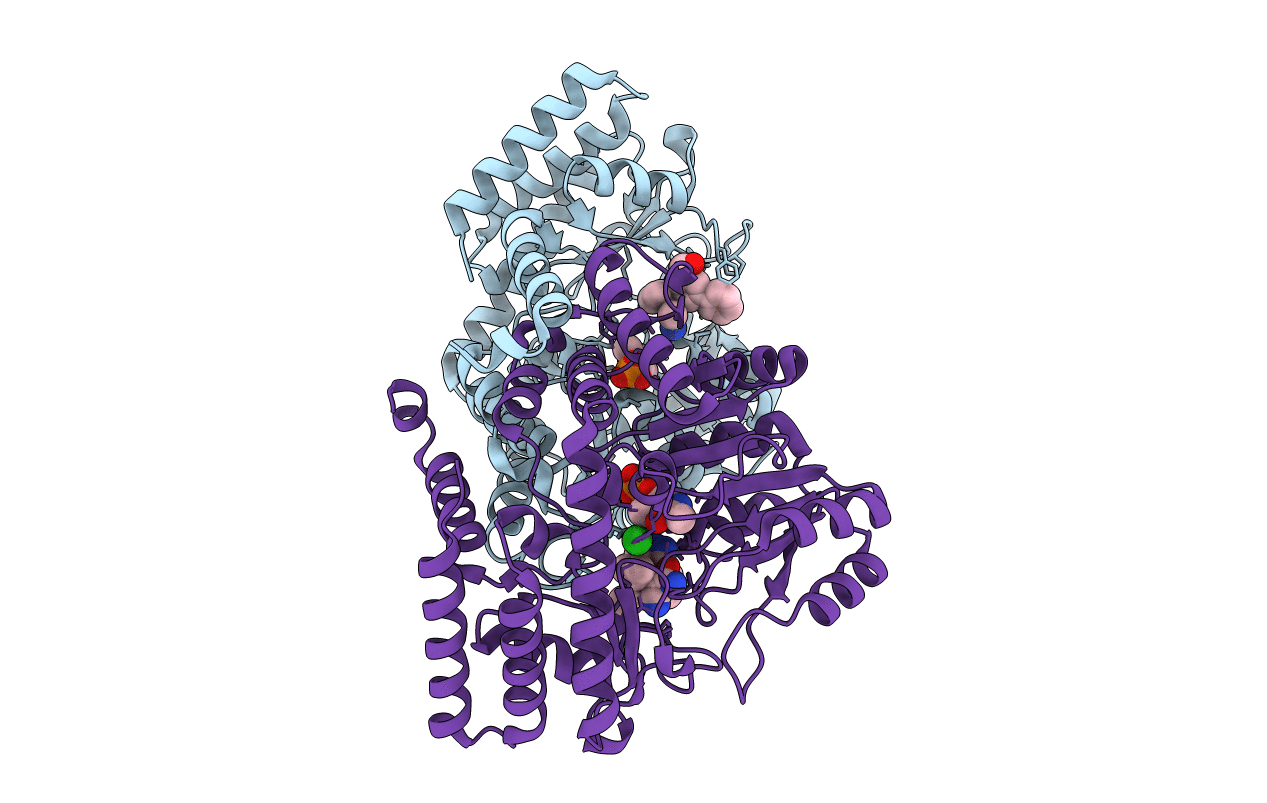
Deposition Date
2021-08-10
Release Date
2022-07-06
Last Version Date
2023-11-29
Entry Detail
PDB ID:
7V3D
Keywords:
Title:
Complex structure of serine hydroxymethyltransferase from Enterococcus faecium and its inhibitor
Biological Source:
Source Organism:
Enterococcus faecium (Taxon ID: 1352)
Host Organism:
Method Details:
Experimental Method:
Resolution:
2.28 Å
R-Value Free:
0.20
R-Value Work:
0.17
R-Value Observed:
0.17
Space Group:
P 41 21 2


